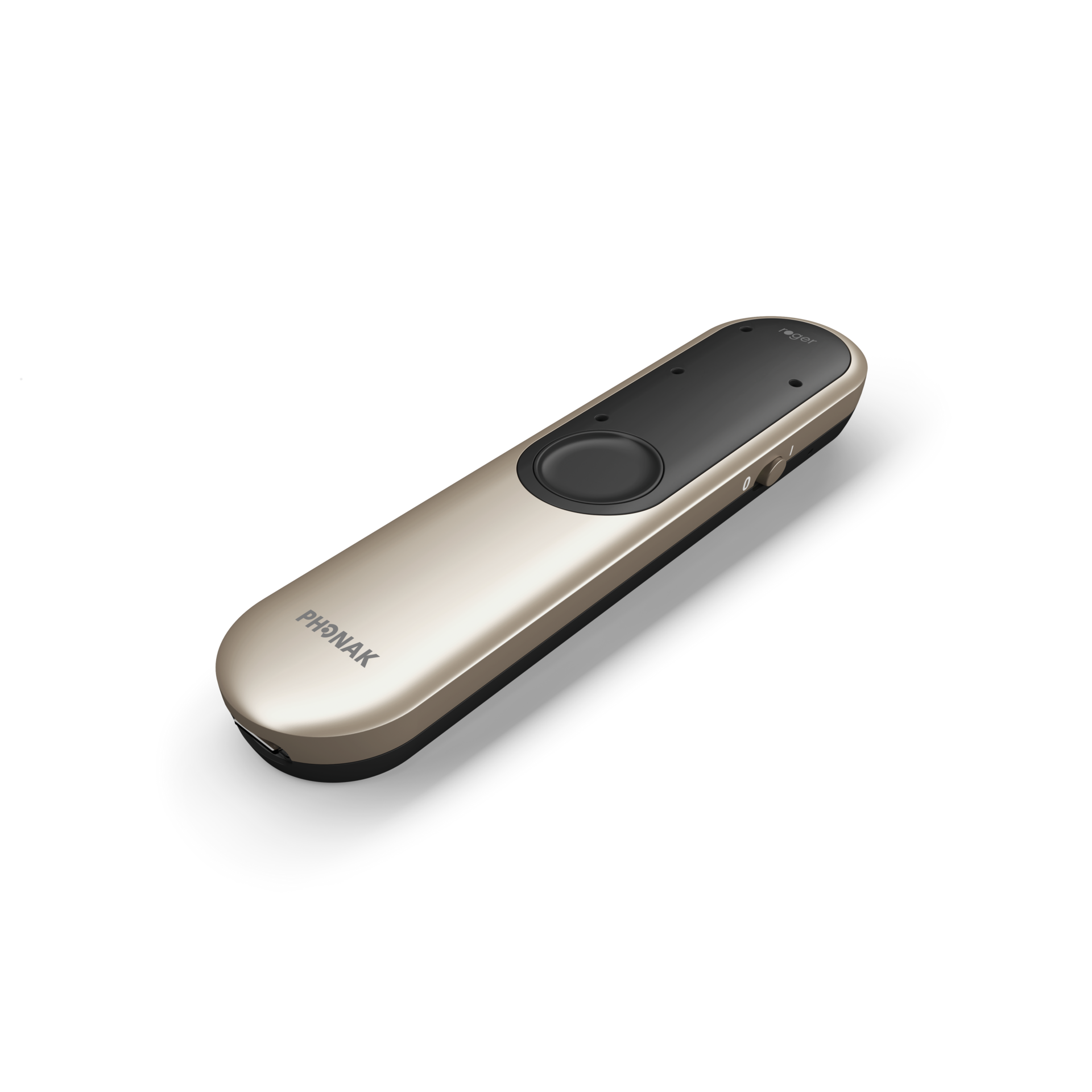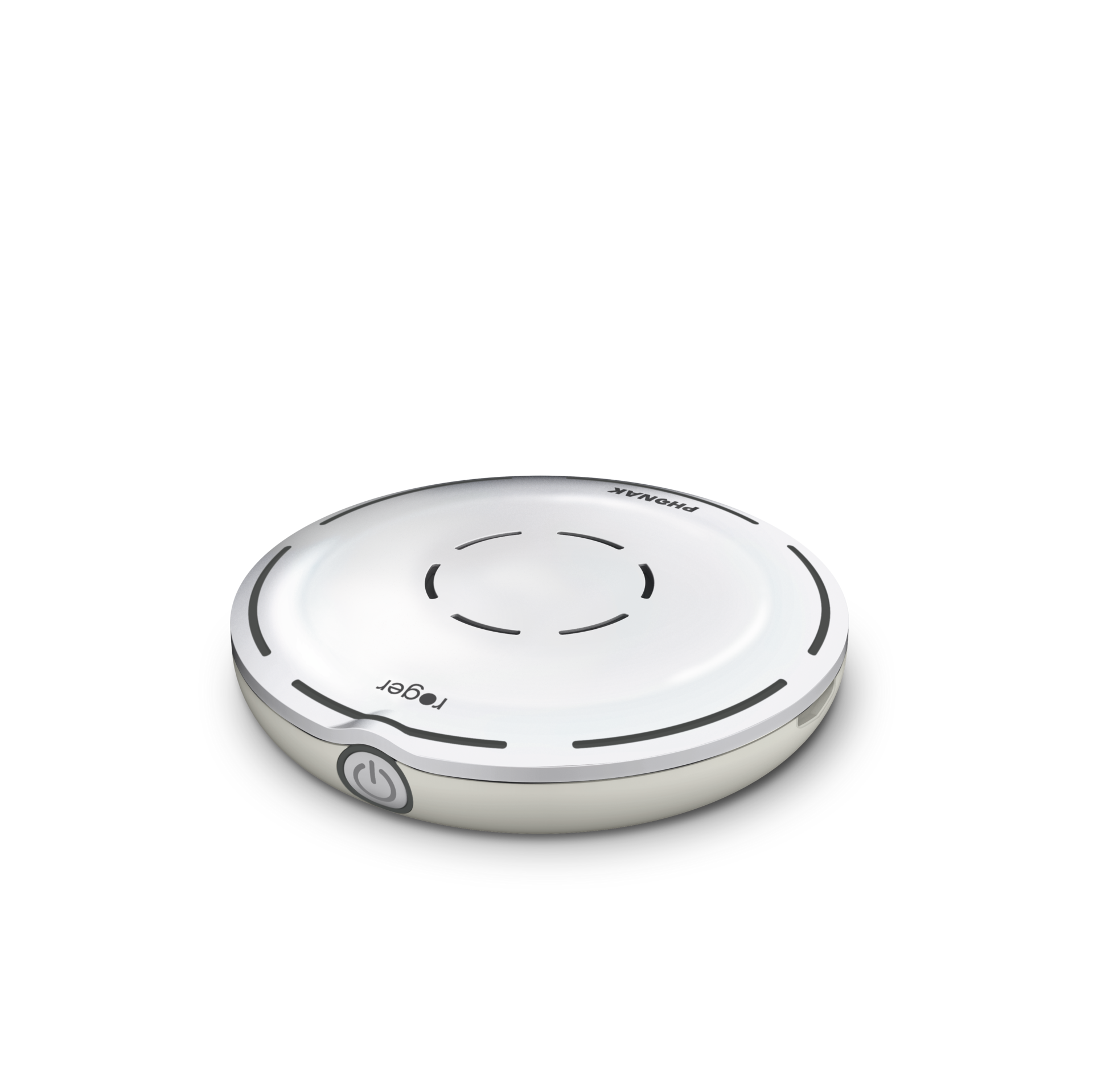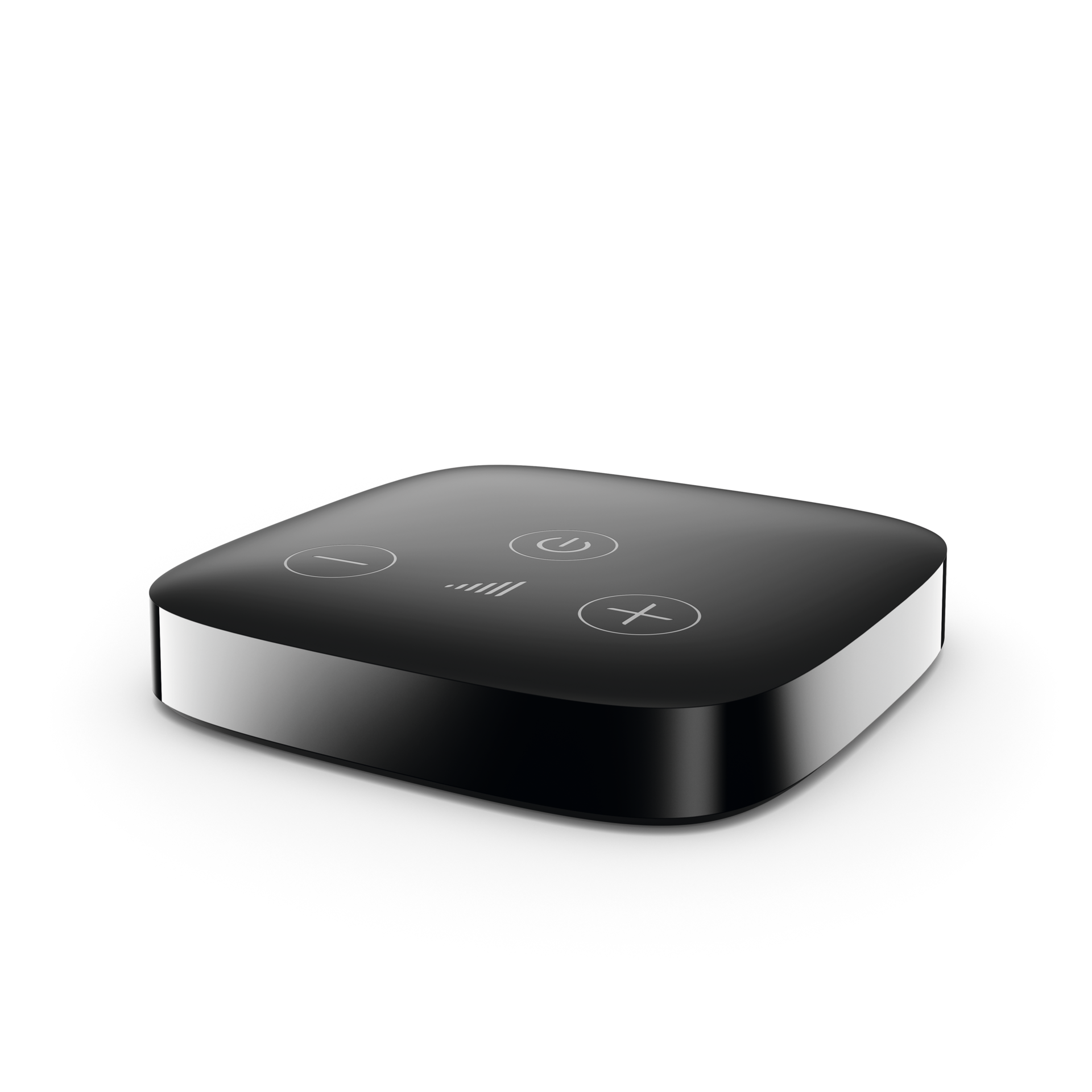Lumity wurde mit auf künstlicher Intelligenz basierendem maschinellem Lernen trainiert, um einzigartige Klangumgebungen genau zu erkennen und sich darauf einzustellen, so dass Sie vollständig in Gespräche eintauchen können. Genießen Sie die Vorteile, die diese Technologie Ihnen und Ihren Angehörigen von Anfang an bietet, denn 86% der Hörakustiker sind der Meinung, dass Lumity Hörsysteme eine großartige Erfahrung bei der Erstanpassung bieten.⁷
Wählen Sie ein anderes Land oder eine andere Region, um Inhalte zu sehen, die für Ihren Standort spezifisch sind.
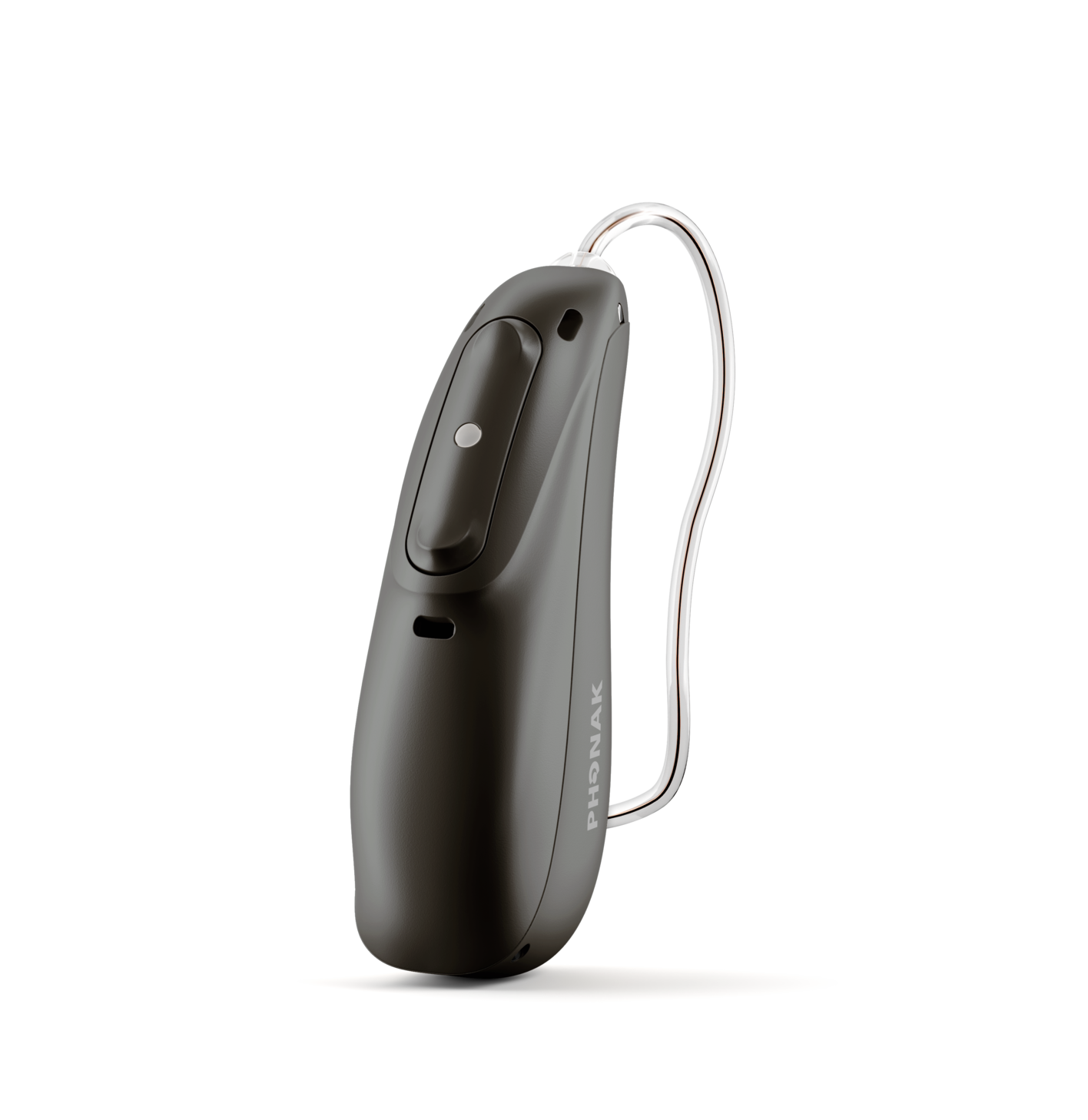
Phonak Audéo™ Lumity Hörsystem
- Receiver-In-Canal (RIC)
- Vollständig wiederaufladbar
- Wasserdicht*
Mit seiner einzigartigen Phonak SmartSpeech™ Technologie legt Audéo Lumity den Schwerpunkt auf ein verbessertes Sprachverstehen, damit Sie Gespräche auch in anspruchsvollen Hörsituationen entspannt genießen können.
- Leichter hören in vielen Situationen2
- Universelle Konnektivität
- Tracking von Gesundheitsdaten**
- Einwegbatterie und wiederaufladbare Modelle

Vollständig in Gespräche eintauchen
Wir bei Phonak wissen, dass Hören in manchen Situationen eine Herausforderung darstellen kann. Der Dialog steht im Mittelpunkt des Lebens, und sich voll und ganz an Gesprächen beteiligen zu können, ist für viele ein Licht in der Dunkelheit. Hier kann Phonak Lumity seine Stärken voll ausspielen, denn Lumity ist darauf spezialisiert, das Sprachverstehen auch in schwierigsten Hörsituationen zu verbessern.
Vollständig in Gespräche eintauchen
Bleibt den ganzen Tag über geladen
Behalten Sie mit einer breiten Palette von Phonak Hörsystemen die Kontrolle über Ihr Gehör. Sie können jetzt zwischen Einwegbatterie und wiederaufladbaren Modellen wählen. Unsere wiederaufladbaren Lösungen bieten den Komfort einer unkomplizierten, langanhaltenden Energieversorgung. Denjenigen, die Einwegbatterien bevorzugen, bieten wir Lösungen mit der gleichen bewährten Lumity Technologie, sodass Sie die Kontrolle über Ihr Gehör mit der Option behalten können, die am besten zu Ihrem Lebensstil passt.
Big dreamer
Big splash
Aaron Small Testimonial
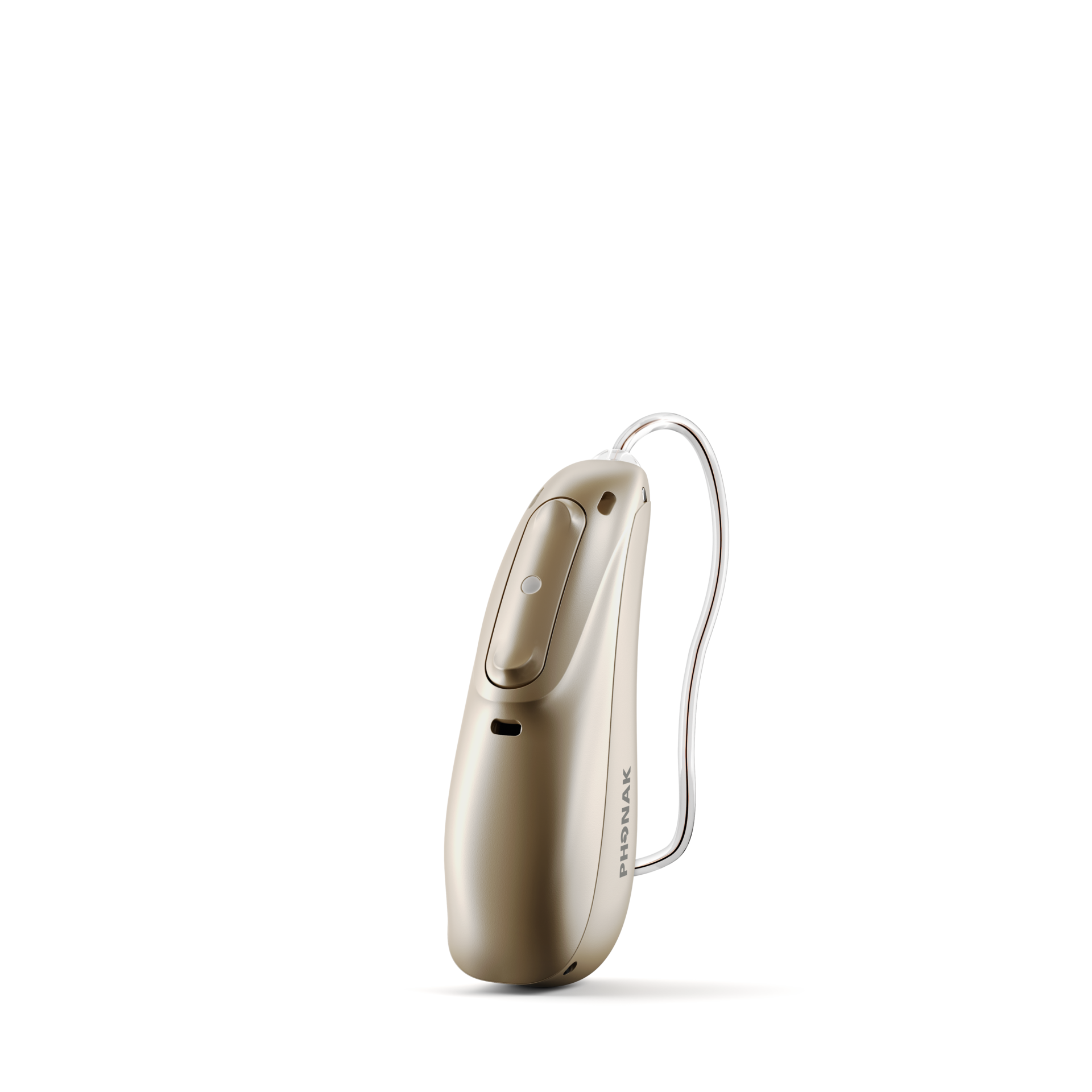
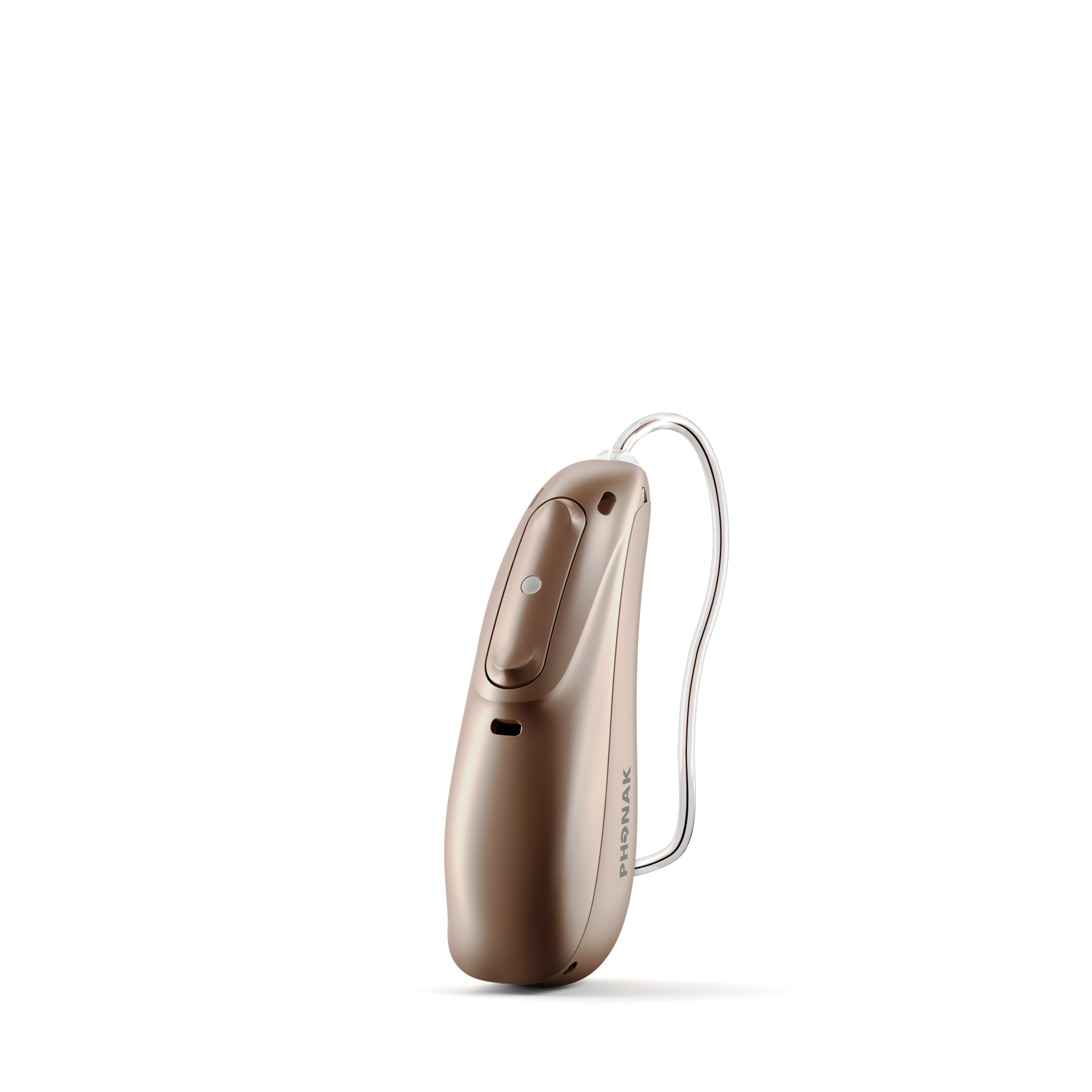
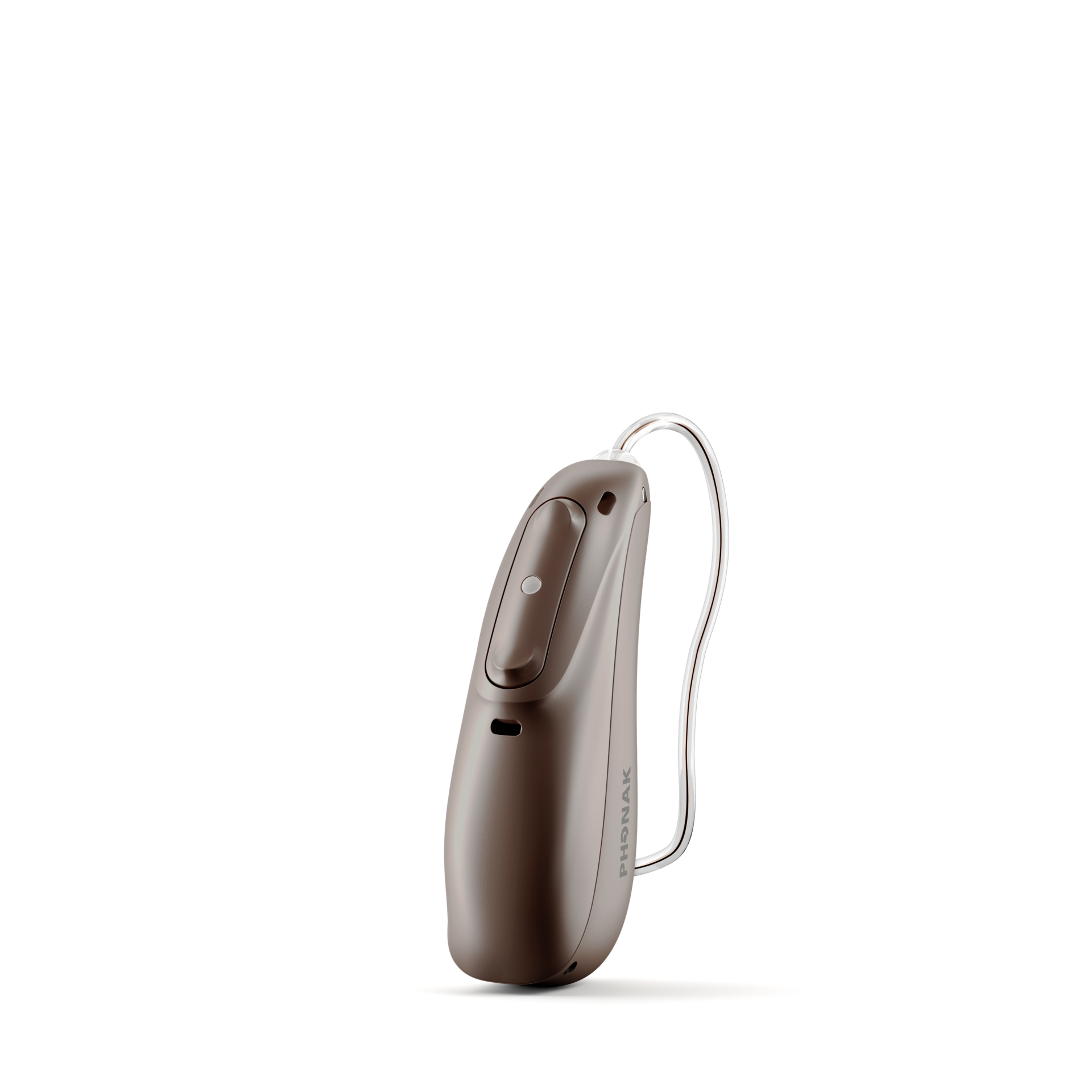
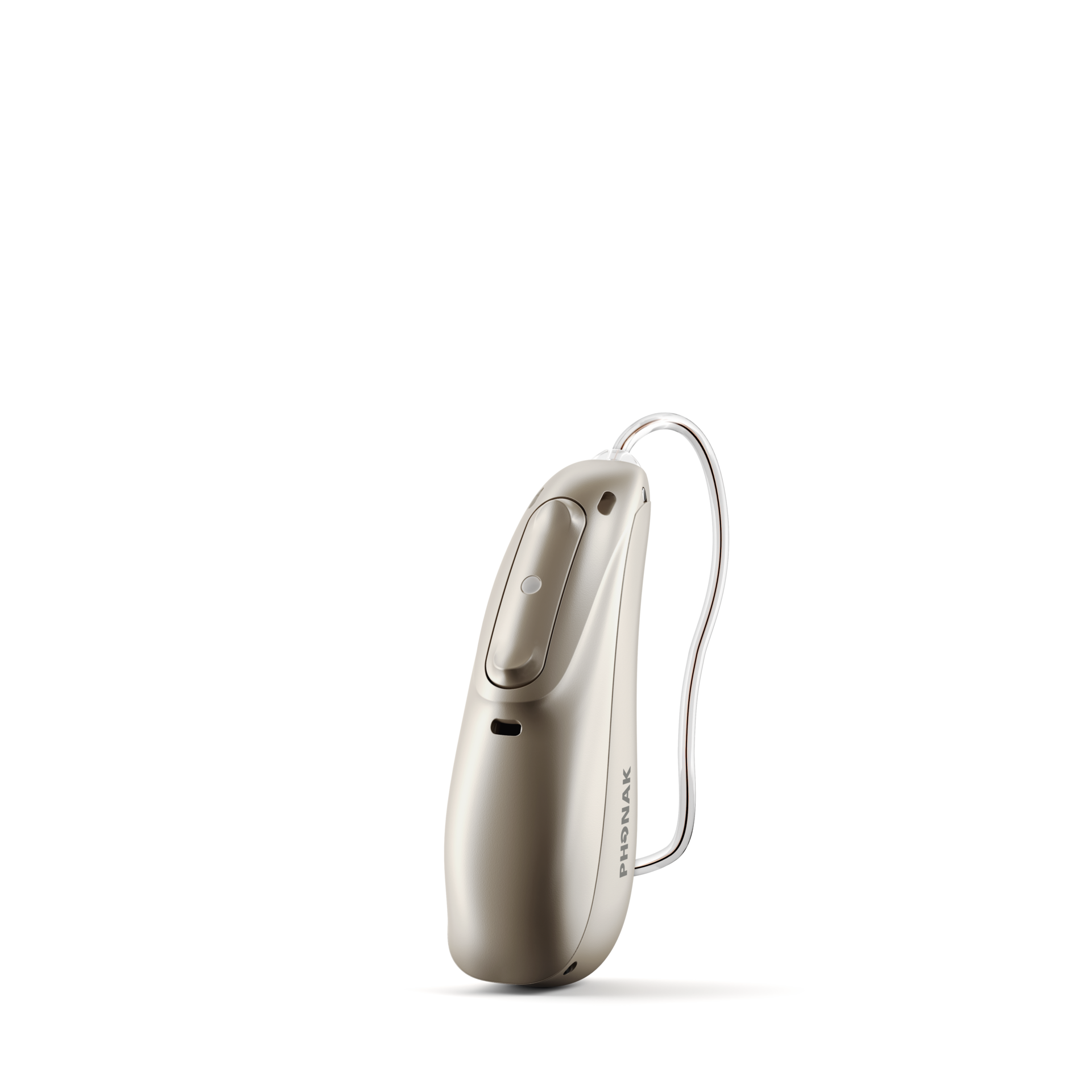
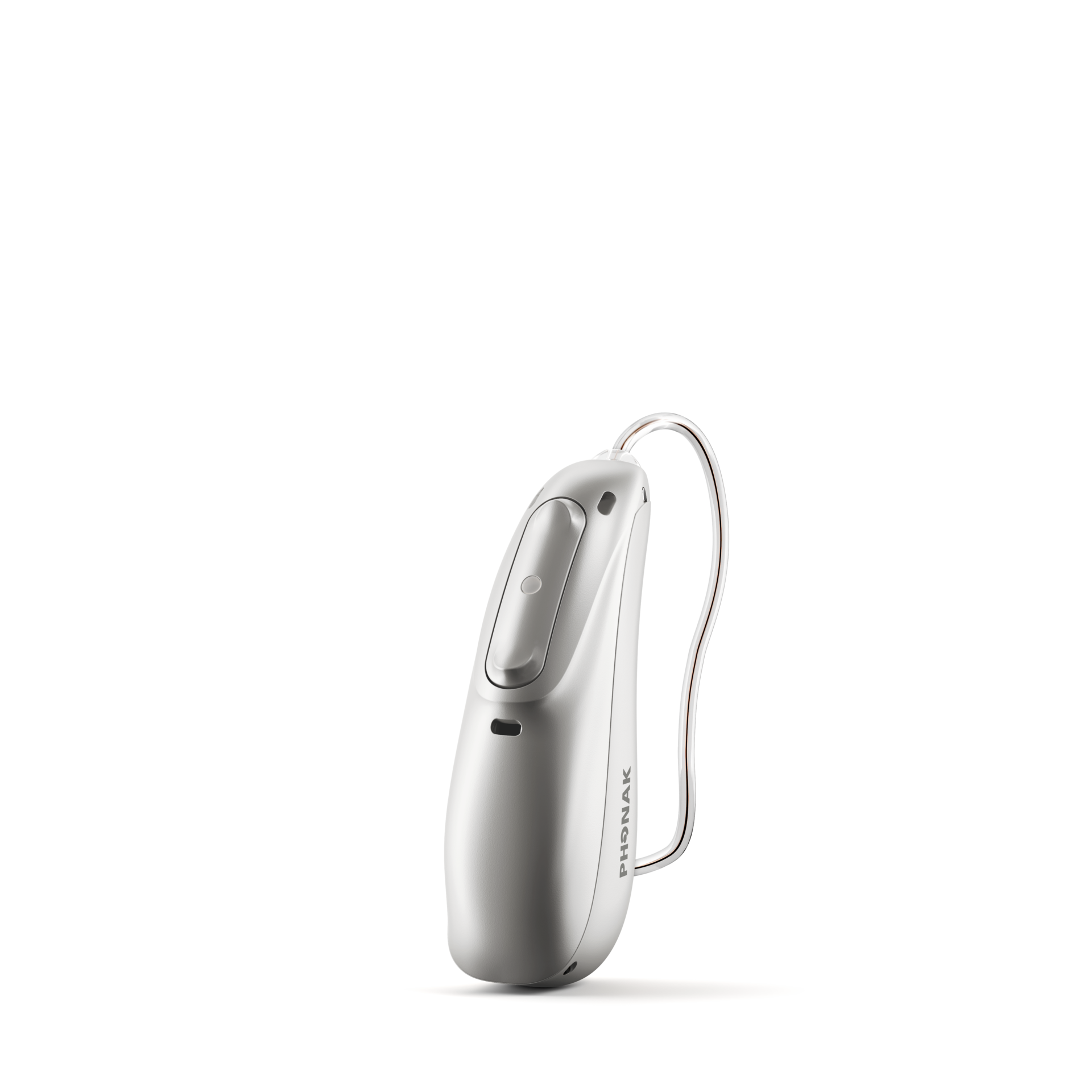
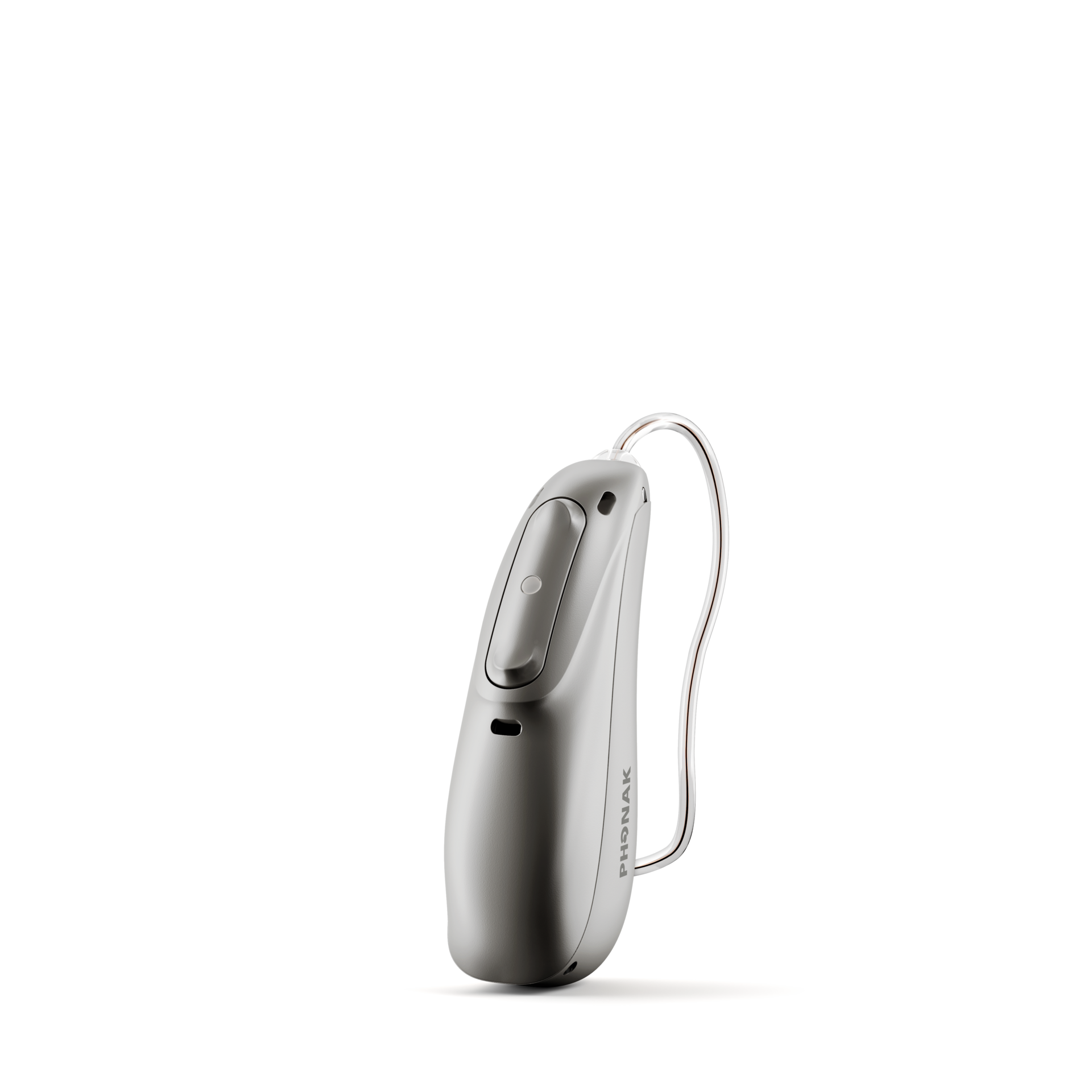
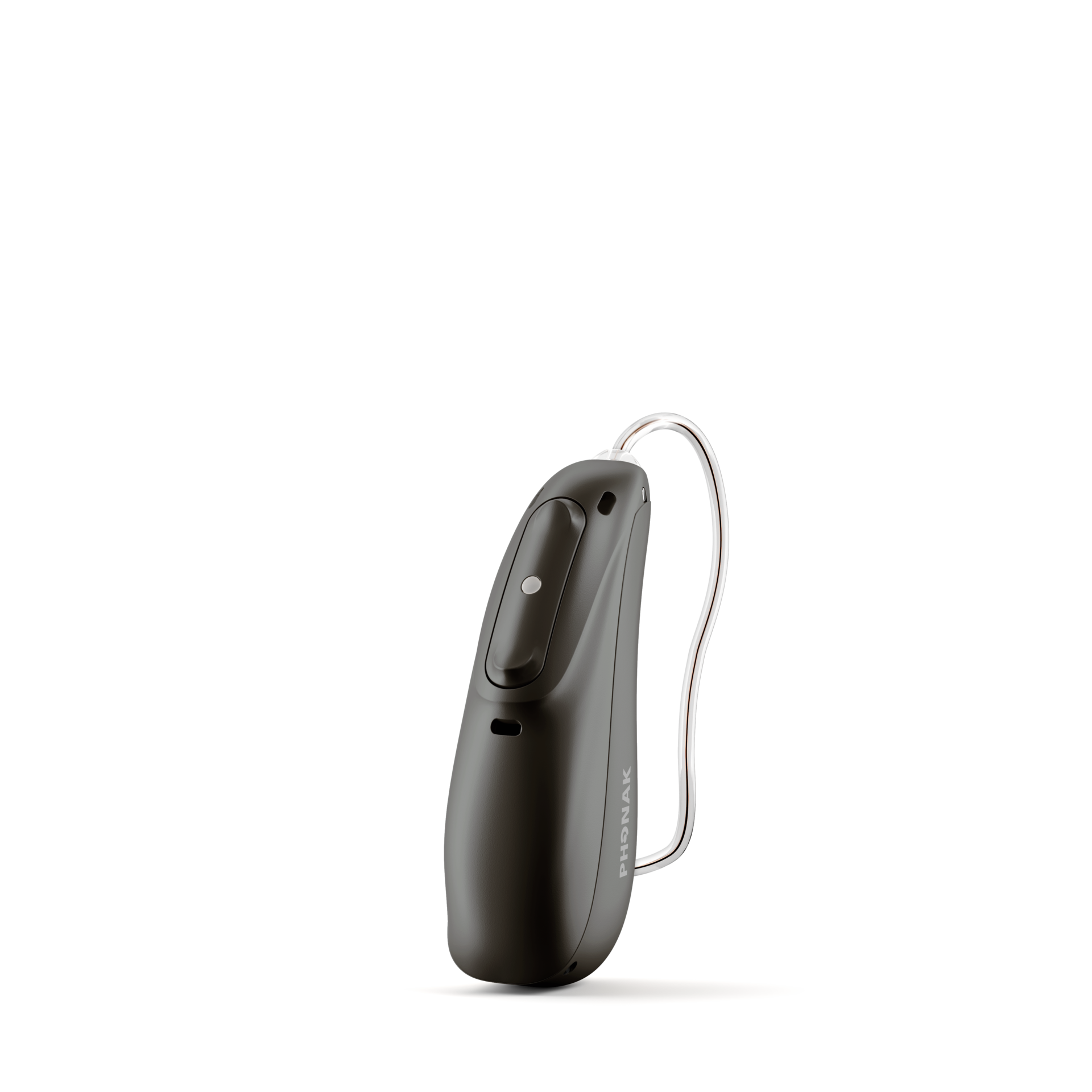



Farboptionen passend zu Ihrem Lebensstil
Wir wissen aus Studien, dass eine verringerte Höranstrengung auch das Gefühl von Müdigkeit verringern kann,3sodass die Betroffenen am Ende des Tages wenig erschöpft sind4.

StereoZoom 2.0
Stellen Sie sich vor, Sie müssten sich in einer lauten Umgebung trotz Müdigkeit auf ein Gespräch konzentrieren – das kann sehr anstrengend sein. Der neue StereoZoom 2.0 in Lumity passt die Stärke der Fokussierung intelligent an, wenn der Geräuschpegel zunimmt. Sie können sogar die Fokusstärke von StereoZoom 2.0 nach Ihren Wünschen und in Echtzeit über den Schieberegler für den Sprachfokus in der myPhonak App einstellen. Dieser zusätzliche Fokus kann zu einem um 2,5 dB besseren Signal-Rausch-Verhältnis führen.***

SpeechSensor
SpeechSensor ist ein Algorithmus, der die Richtung erkennt, aus der das Hauptsprachsignal kommt. In der Praxis bedeutet dies, dass Sie Sprache zu 15% besser verstehen können, wenn sie von der Seite oder von hinten kommt, und dass die Höranstrengung um 11% reduziert wird.****5
Die Audéo Lumity Produktfamilie
Audéo Lumity Hörsysteme sind in vier Modellen erhältlich, um Ihre Hörbedürfnisse zu erfüllen.
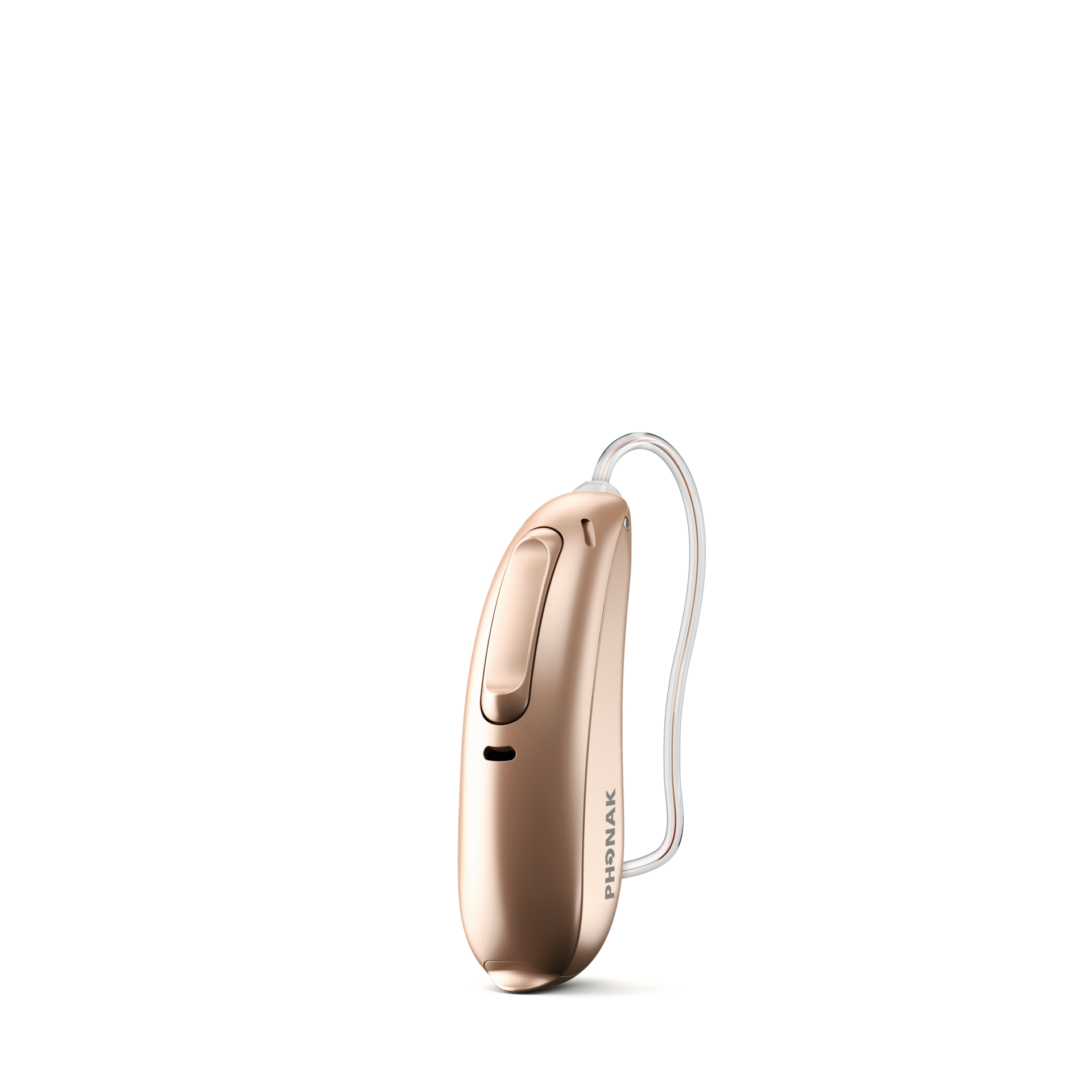
Phonak Audéo L-312
- Für leicht- bis hochgradigen Hörverlust
- Universelle Konnektivität
- Einwegbatterie

Audéo L-R
- Leichter bis hochgradiger Hörverlust
- Erfassung von Gesundheitsdaten**
- Tap Control
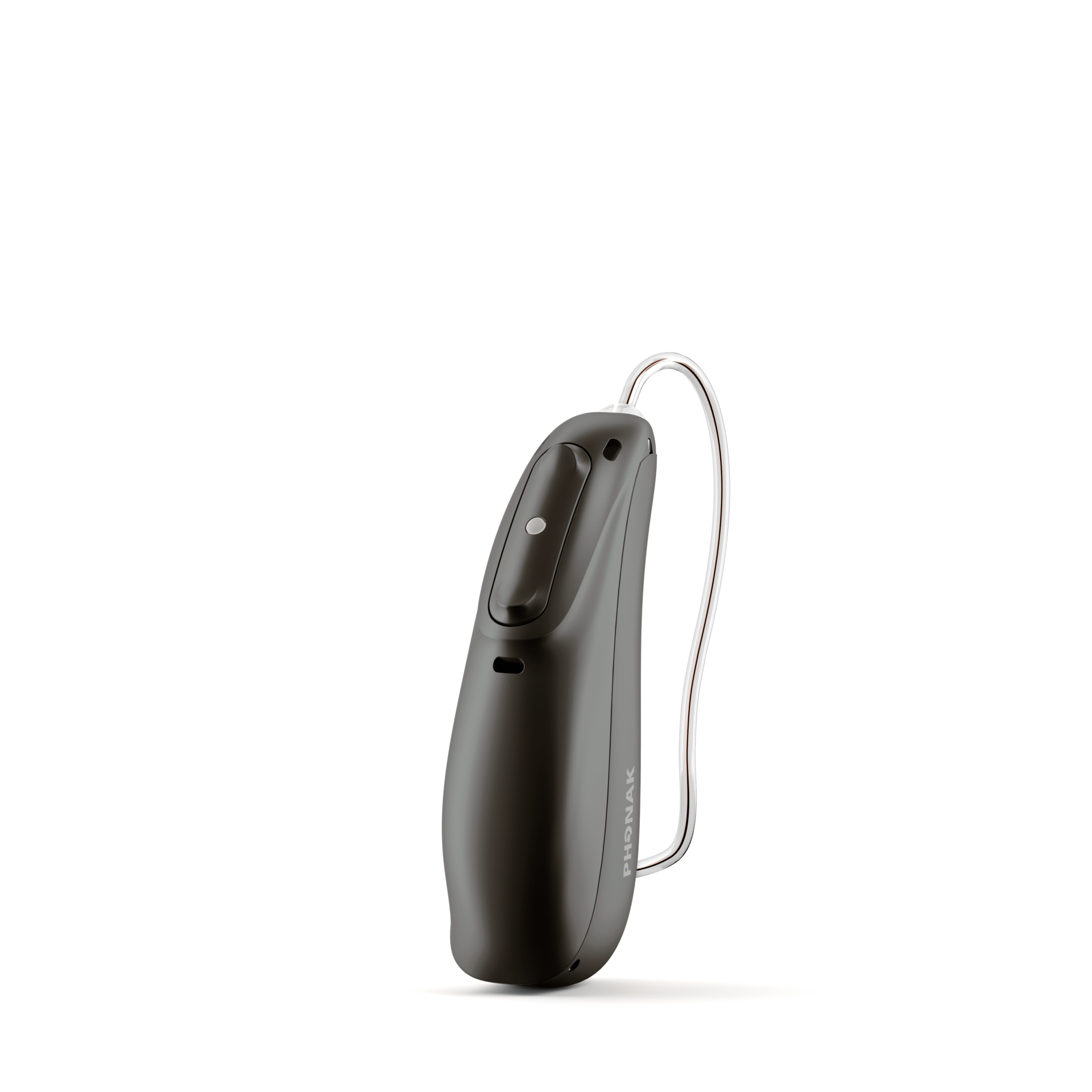
Audéo L-RT
- Leichter bis hochgradiger Hörverlust
- Erfassung von Gesundheitsdaten**
- Telefonspule

Verbindet sich mit Smartphones und anderen Geräten
Audéo Lumity lässt sich mit der myPhonak App und Bluetooth®-fähigen Geräten koppeln, damit Sie sich mit der Welt um Sie herum verbinden können.
myPhonak
Ermöglicht Hörsystemträgern, ihr Hörerlebnis individuell zu gestalten. Sie können mit Remote Control nicht nur ihr Hörerlebnis besser steuern, sondern auch ihre Gesundheitsdaten erfassen und so ein gesünderes Leben führen.
Roger™ Mikrofone
Roger ist eine intelligente drahtlose Technologie, die Sprache über RogerDirect™ direkt an die Lumity Hörsysteme überträgt und dabei hilft, Entfernung und Störgeräusche zu überwinden
Ressourcen und Downloads
Benötigen Sie Produkt-Support?
- Fehlerbehebung
- Wartung
- Kompatibilität
Fußnoten
*bis zu 50 cm
**Um auf Gesundheitsdaten zugreifen zu können, muss ein Konto in der myPhonak App erstellt werden.
*** Standardlautstärke im Vergleich zu maximaler Stärke mit Power Dome
**** Im Vergleich zu festen Richtmikrofonen und bei mittlerem bis starkem Hörverlust.
Mehr als 30%ige Verbesserung der Service-Rate* für wiederaufladbare Audéo Lumity (R & RT) im Vergleich zu Audéo Paradise.
*kumulativ nach den ersten 52 Wochen nach Markteinführung
1. Appleton, J. (2020) AutoSense OS 4.0 - significantly less listening effort and preferred for speech intelligibility. Phonak Field Study News, Quelle: www.phonak.com/evidence, Stand August 2022.
Latzel, M. & Hobi, S. (2022) ActiveVent™ Receiver provides benefit of open and closed acoustics for better speech understanding in noise and naturalness of own voice perception. Phonak Field Study News, Quelle: www.phonak.com/evidence, Stand August 2022.
Thibodeau L.M. (2020) Benefits in Speech Recognition in Noise with Remote Wireless Microphones in Group Settings. Journal of the American Academy of Audiology, 31(6), 404–411.
Woodward,J and Latzel, M (2022) New implementation of directional beamforming configurations show improved speech understanding and reduced listening effort. PhonakField Study News, in Vorbereitung. Ende 2022 erwartet
2. Appleton, J. (2020) AutoSense OS 4.0- significantly less listening effort and preferred for speech intelligibility. Phonak Field Study News, Quelle: www.phonak.com/evidence, Stand Februar 2022.
3. Pichora-Fuller, M.K., & Singh, G. (2006). Effects of Age on Auditory and Cognitive Processing: Implications for Hearing Aid Fitting and Audiologic Rehabilitation. Trends in Amplification, 10(1), 29–59. https://doi.org/10.1177/108471380601000103.
4. Holman, J.A., Drummond, A., Hughes, S.E., & Naylor, G. (2019). Hearing impairment and daily-life fatigue: a qualitative study. International Journal of Audiology, 58(7), 408–416.https://doi.org/10.1080/14992027.2019.1597284.
5. Woodward, J. and Latzel, M. (2022) New implementation of directional beamforming configurations show improved speech understanding and reduced listening effort. Phonak Field Study News, in Vorbereitung. Für Ende 2022 erwartet.
6. Abrams, H.B., & Kihm, J. (2015). An Introduction to MarkeTrak IX: A New Baseline for the Hearing Aid Market. Hearing Review, 22(6), 16. Quelle: https://www.hearingreview.com/2015/05/introduction-marketrak-ix-new-baseline-hearing-aid-market/ Stand 25. März 2021.
7. Sonova proprietary research. (2022). Projekt-ID Nr. 4583. Für weitere Informationen wenden Sie sich bitte an marketinsight@phonak.com.
iOS ist eine Marke von Cisco Technology, Inc.
Android ist eine Marke von Google, LLC.
Die Bluetooth® Wortmarke und die Logos sind eingetragene Marken der Bluetooth SIG, Inc., jegliche Verwendung dieser Marken durch Sonova erfolgt unter Lizenz.

